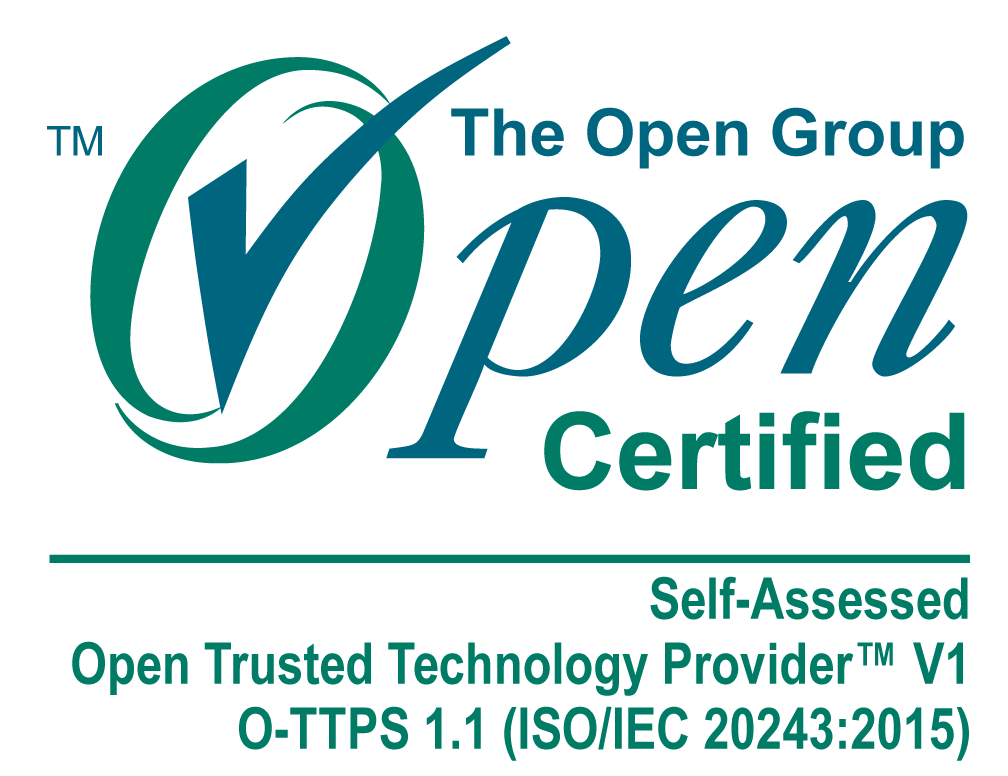
The Epoch Blog


Why Your Network Perimeter is Expanding, and How to Beat It

Government Enterprises in 2023: Composability Drives Next-Gen Capabilities

How AI at the (Cutting) Edge Can Transform Government Businesses
Today edge computing is poised to transform the way federal agencies and private businesses handle large volumes of data and real-time decision-making in distributed environments. According to Accenture, 9 in 10 federal leaders say edge computing is important for meeting mission needs - meanwhile, 78% predict that edge solutions will have a major impact on artificial intelligence (AI) and machine learning (ML).

What Zero Trust Security Means for Government Contractors
Following the arrival of executive order (EO) 14028 in May of 2021, zero trust architecture (ZTA) has emerged as a new and better cybersecurity paradigm for protecting IT resources in federal environments. With the Office of Management and Budget (OMB) directing agencies to achieve certain zero trust goals by the end of 2024, it will likely determine the shape of federal cybersecurity for years to come.

Tackling IT Challenges with Hyperconverged Infrastructure
In this article we would like to explore Hyperconverged infrastructure (HCI) and how it helps government and commercial businesses to address a variety of IT challenges. More organizations than ever before are counting on quicker and more dependable storage performance. By merging compute, storage, and networking into a single system of HCI, businesses can simplify management, consolidate resources, and lower operating costs.

Secure Remote Access in Critical Infrastructure Environments
Power X, a large energy conglomerate, allows remote employees and contractors to access company systems via a Virtual Private Network (VPN). The company’s technical team would prefer on-site access only, but they learned quickly during the COVID-19 pandemic that such security precautions seemingly hinder business continuity.

The Importance of Securing Remote Access
The COVID-19 pandemic altered the way people work all over the globe. Many companies now openly recognize that a remote workforce can be productive, cost-effective, and collaborative. The well-known insurance company, Allstate, perfectly illustrates the movement towards remote work. Before the pandemic, only 20% of its workforce was remote; now, 75% work from home.

Digital Transformations in Legacy IT Systems (Adding Automation & Orchestration to Your IT Strategy)
In just ten years digital transformation has made the jump from buzzword to IT strategy. For years, so-called transformation strategists hawked one process after another, each guaranteeing success if organizations would just commit the right amount of money and time. But even before there were success stories and case studies from organizations who claim to have transformed their IT systems, we all knew what we were trying to accomplish, even if we didn’t quite know how. The goal: creating value for your organization through adopting digital technology.

The Best Kept Secret in the IT Services and Solutions Space
Let’s Talk About Value-Added Resellers
In the world of so-called value-added resellers (VARs), most VARs look pretty much the same from the outside. Some are very large; others are more boutique in size. But all in all, most VARs, particularly those that sell to the US Federal government, share similar characteristics because that’s the business; they “resell” other vendors’ products. The “value-added” part is where a particular company can distinguish itself by claiming to offer something others do not.

